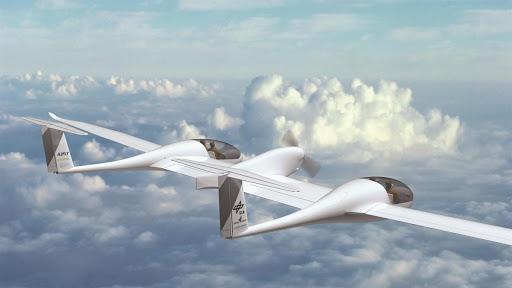
Renewable hydrogen will play a key role in supporting the EU’s commitment to be carbon neutral by 2050 by reducing emissions from hard-to-decarbonize sectors such as aviation, according to the European Commission’s Hydrogen Strategy unveiled on July 8.
Renewable electricity is expected to decarbonize a large share of EU energy consumption by 2050, but not all of it. Hydrogen has strong potential to bridge some of the gap, offering solutions for hard-to-abate parts of the transport system, the strategy says.
For aviation, hydrogen can be used in fuel cells powering electrified propulsion systems or directly combusted in gas turbine engines. Hydrogen, renewable electricity and captured CO2 can also be used to produce carbon-neutral synthetic fuels for use in aircraft.
Renewable or clean hydrogen is produced by electrolysis that uses renewable electricity from solar, wind and other sources. The Hydrogen Strategy sets out a vision to install at least six gigawatts of renewable hydrogen electrolyzers in the EU by 2024 and increasing this to at least 40 gigawatts by 2030.
The initial phase, to 2024, would boost EU renewable hydrogen production by up to one million metric tons a year, which would decarbonize existing hydrogen production and facilitate new uses in other industrial processes as well as heavy-duty road transport.
The second phase, between 2025-30, would boost renewable hydrogen production by up to 10 million metric tons a year. In this scale-up phase, renewable hydrogen is expected to become cost-competitive with other forms of hydrogen production. Policy support would still be needed to stimulate demand in new applications—such as steel-making, trucks, rail and some maritime transport—the strategy says.
In a third phase, from 2030 onward to 2050, renewable hydrogen production technologies should reach maturity, the strategy says. Hydrogen and hydrogen-derived synthetic fuels should penetrate more widely into hard-to-decarbonize sectors including aviation and shipping. But renewable electricity production would have to increase massively as about a quarter could be needed for hydrogen production.
Airbus is looking at hydrogen for a zero-emissions airliner it plans to have on the market by 2035. Options being considered include using hydrogen in fuel cells for non-propulsive applications such as emergency and auxiliary power. Other potential ways of exploiting renewable hydrogen are propulsive fuel cells; direct combustion in turbofans; and drop-in synthetic kerosene, Airbus has said.
The EC plans to address the use of hydrogen in the transport sector in its Sustainable and Smart Mobility Strategy, scheduled to be presented by the end of 2020. This is part of the European Green Deal unveiled in January, which also includes a legislative initiative—ReFuel EU Aviation—to boost supply and demand for sustainable aviation fuels. This legislation is expected in the fourth quarter of 2020.





